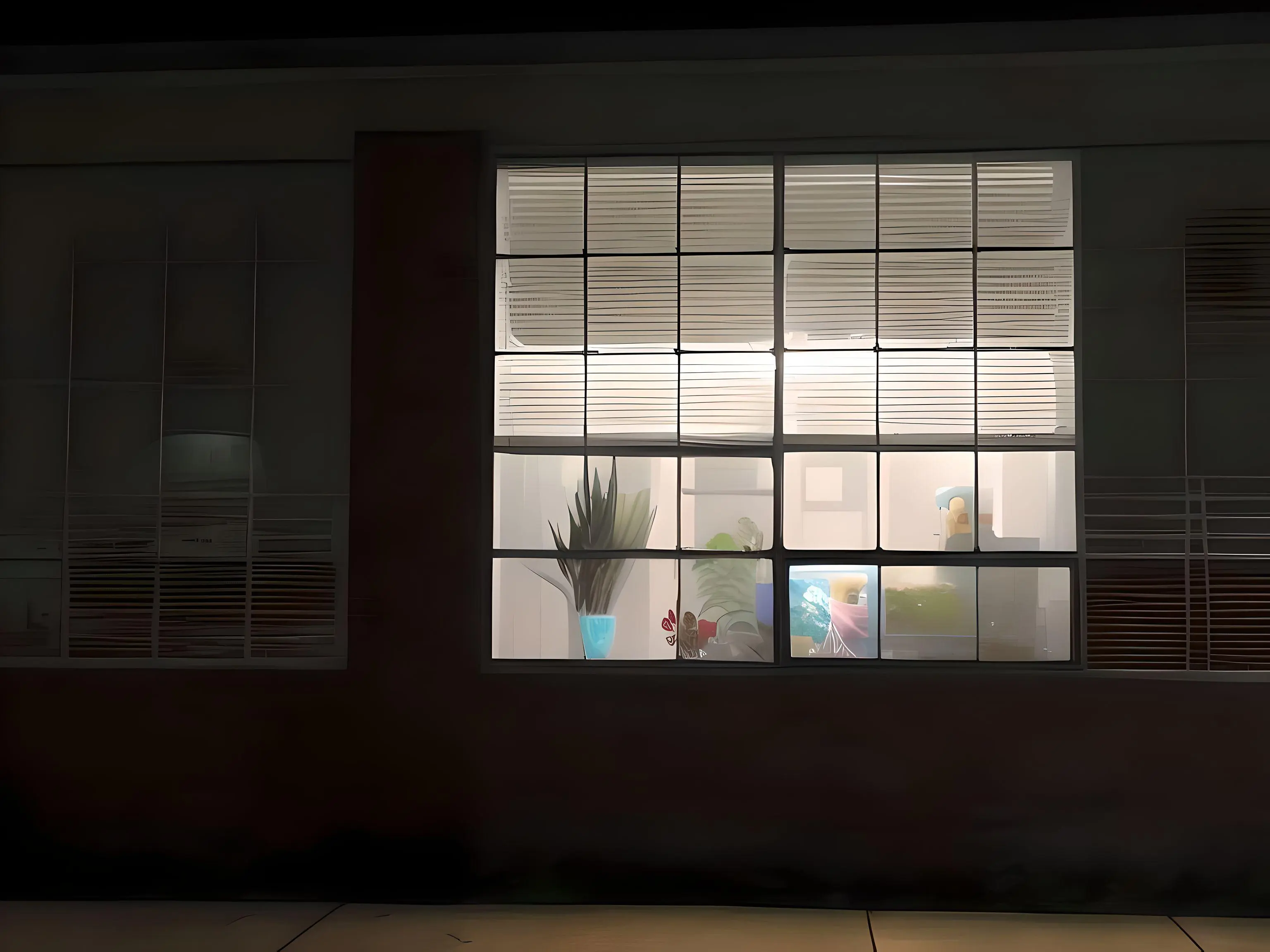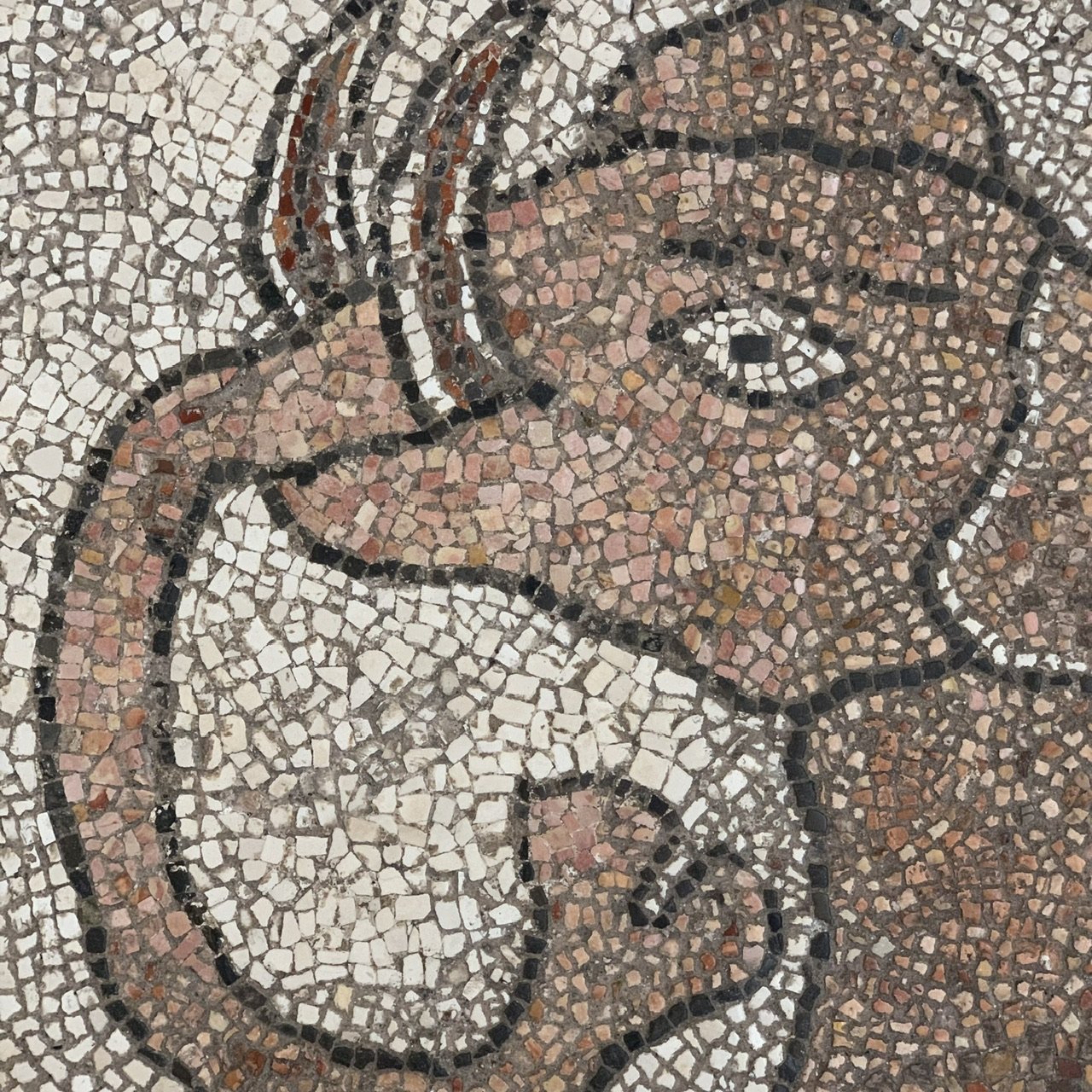Recently I started shooting RAW+JPEG because sometimes I don’t want to post-proces my images and just straight use them. However, when comparing both I find no difference in colors or other adjustments. The SOOC JPEG with Velvia Film Simulation has the same colors, saturation, etc. as the unedited RAW file. What am I doing wrong?
Your “unedited” raw file is not actually unedited and has a lot of processing applied to it. It is likely that capture one has a business relationship with Fuji to know what “secret sauce” the in-camera jpeg engine uses.
Aah ok, so it’s a bit like @ZkhqrD5o@lemmy.world said, that there is edit info in the RAW file. Capture One does have the standard presets available which I can select in camera, so CO definitly has some kind of agreement with Fuji.
there is edit info in the RAW file.
Generally, the name of the film simulation you had enabled is in the metadata, so Capture One can match it.
How are you viewing the RAW file?
I’ve loaded them in Capture One.
C1 adds its own preview to the file based on the camera it detects in the exif data - it’s a feature, not a bug.
Select Linear Curve in Base Characteristics > Curve. I don’t believe this is to be a true RAW interpretation but it’s closer.
There is no such thing as an unedited RAW file displayed on a screen. Editor/viewer software will do one of three things to render a RAW to the screen:
- It may have a very close approximation of the camera’s own jpeg profiles. Capture One does have this for Fuji.
- It may use an embedded jpeg preview from the RAW file. You’ll notice this if you zoom in or edit.
- It may apply its own default processing. This will look different from the camera’s jpeg.
What software are you using for editing? It may be that Fujifilm packs a so-called raw-LUT into the raw file itself, which the software then uses to make the raw file look like a JPEG.
I’ve never known this. This is a very good point. It would be nice if they did this because that would be a great starting point to make further edits on the RAW file.
Since you mentioned Capture One, I used it a lot and yes, they do that. I switched to Darktable a long time ago, so I don’t know where exactly this is, but there should be a drop-down menu where you can select a base curve for the display referred process, and the next menu option should be the base lut for colour, if I remember correctly.
Edit: typo. And so in your case the colour option right under the base curve should say something with “Velvia”
There is an option to select the available film simulations in Capture One. But that needs to be done manually I believe. But if it’s automatically applied on import if you also shoot JPEG, that’s great. I must say that I thought the RAW’s looked really good and was happy with myself that I selected the right exposure to make them look good. Turns out software helped me out again 😅
How do you like darktable? Can it load my Aperture libraries?
I have no idea if it can’t load aperture libraries or not. I have never used it. But Darktable as a photo editor is the by far best one that I’ve used and I used CaptureOne and Adobe Trashroom previously. Short version is that it uses a scene-referred workflow which guarantees consistency between pictures and is basically the same process that colour editing software in the video world uses, while all other photo editing software basically only uses a display-referred process, which is a problem, since it applies a base curve and turns the raw file into a higher quality JPEG and then you only edit said higher quality JPEG, this is horrible for consistency and predictability. If you use the “recovery” option in Lightroom, you know what I’m talking about.
If you start out with Darktable, there will be a slight learning curve because every YouTube video has taught us to use curves upon curves upon curves. Which again is a problem because you’re multiplying errors. But I digress. Give it a try. It’s free to download and if you don’t like it, you don’t have to use it. I gave it a try, and I love it. But well, horses for courses.
That was a brilliant analysis! Cheers!
Thanks. :)
Canon’s DPP4 starts displaying RAW files from Canon Camera’s processed as if by the Canon camera, as a feature, for precisely that reason: a good starting point.
Even if it didn’t, the “ideal” recipe for displaying a RAW file as a JPG is probably relatively straightforward (how to form the luminance histograms, level of noise reduction & sharpening, etc.) and likely to give what appears to be the same results. I’d expect you’d only usually spot this with extreme pixel peeping. If the process was not straightforward, it would slow displaying the JPG in camera, and thus slow down the whole photography experience, so that’s not going to happen!
What are you doing to “compare both”? If you’re just looking at them, it is possible you are actually looking at a JPEG embedded in the raw file.
Try editing them both and comparing that, eg raising shadows or changing brightness and contrast.
The question by Oxjox is very relevant! Depending on the SW you might see a RAW file interpreted with the additional style information from the Velvia preset. I would expect Fujifilm own RAW processor to do this. And for sure in the camera itself, you won’t ever see the unedited RAW file.





